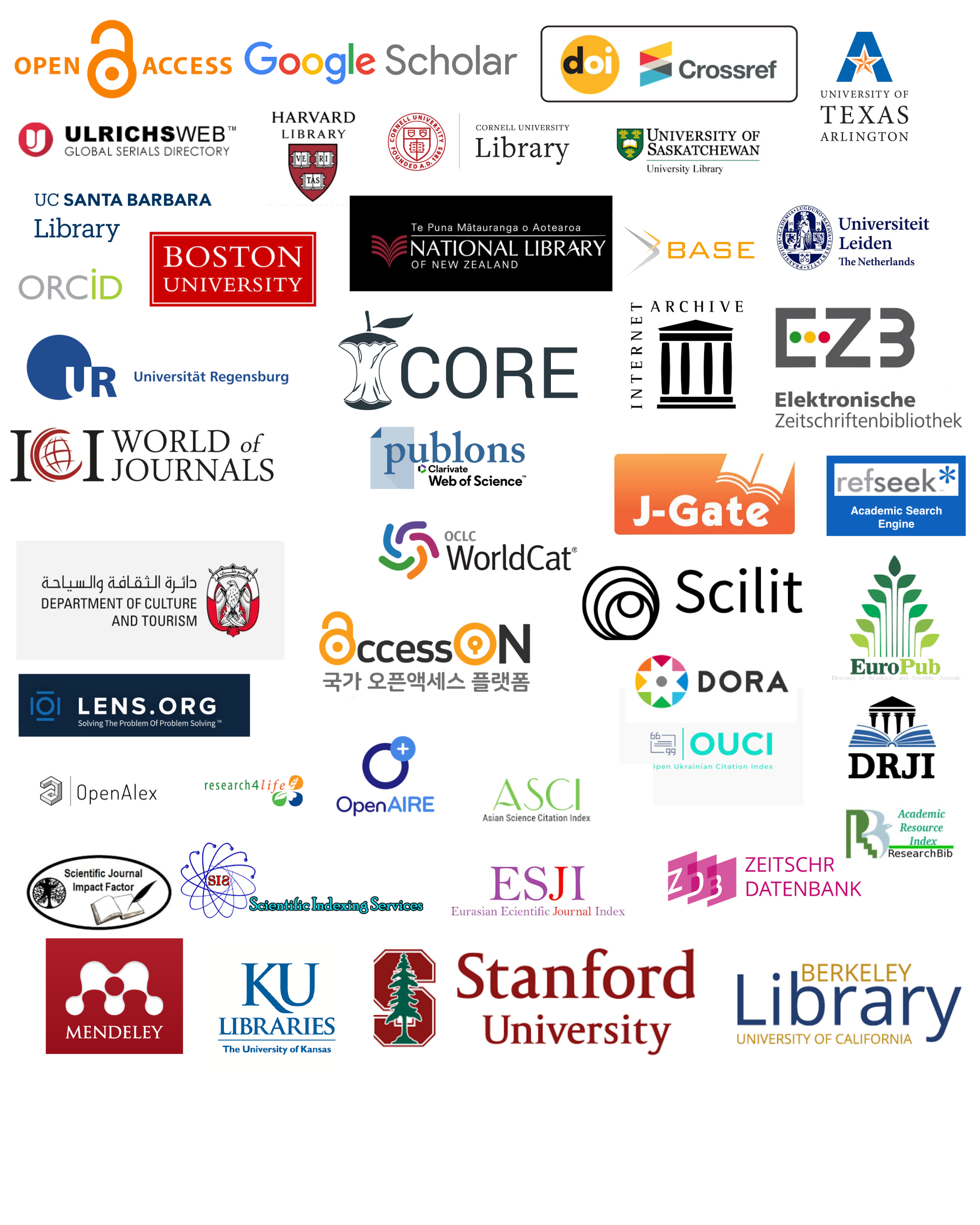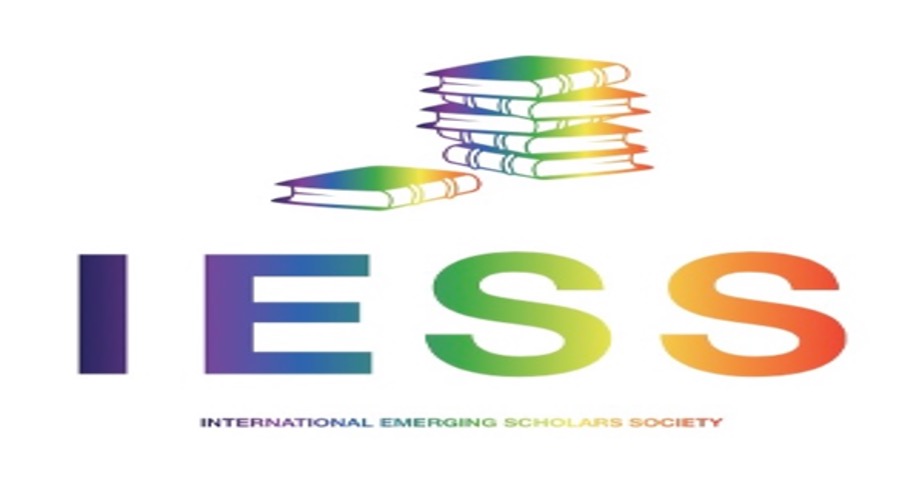Managing copyright in the digital art industry: A cross-border licensing model for China and the EU
DOI:
https://doi.org/10.56879/ijbm.v4i1.70Keywords:
Digital art, copyright protection, cross-border licensing, intellectual property, digital rights managementAbstract
This paper explores the legal complexities surrounding copyright protection in the digital art industry, focusing on cross-border licensing agreements between China and the European Union (EU). The rise of online art platforms has enabled broader dissemination of artworks but has also raised concerns about unauthorized use. By analyzing intellectual property laws and case in both regions, this research proposes a licensing model tailored to the unique requirements of digital art exhibitions. The model emphasizes balancing artists’ rights with platform operations and offers a structured framework for online art licensing agreements. Through a comparative analysis of legal frameworks, the study highlights differences in enforcement strategies and provides practical guidelines for art licensing agreements in cross- jurisdictional contexts. This research contributes to intellectual property discussions and offers a tool for both artists and digital platforms to navigate legal challenges in the digital era.
Downloads
Published
Issue
Section
License
Copyright (c) 2025 Zekun Ling (Author)

This work is licensed under a Creative Commons Attribution 4.0 International License.


